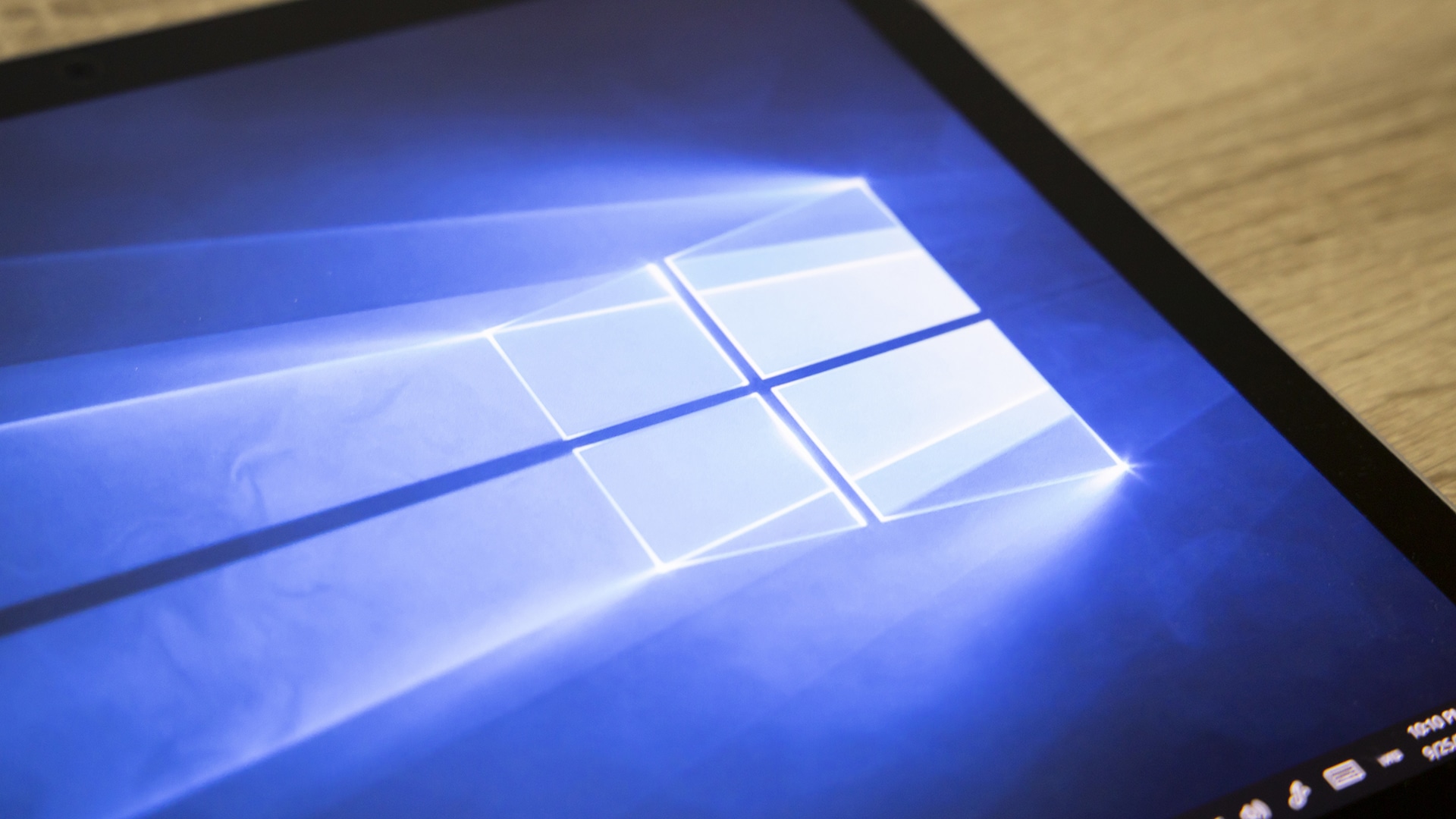Windows Virtual Desktop Vs. Remote Desktop Services

WVD is a platform that facilitates remote access to various applications hosted on a local server, offering additional options beyond standard Windows applications and compatibility with different devices.
Conversely, RDS is a Microsoft software that enables users to log into remote computers and control multiple devices from a single location.
WVD and RDS offer advantages such as remote work facilitation, infrastructure cost reduction, enhanced data security and compliance, improved performance, and simplified application and desktop management.
However, distinctions exist between the two, including WVD’s support for multi-session Windows 10 and RDS’s capability to accommodate diverse client devices and platforms.
Performance and Scalability
When comparing performance and scalability, Windows Virtual Desktop offers a multi-session Windows 10 experience, while Remote Desktop Services provides session-based desktop virtualization.
Windows Virtual Desktop provides performance optimization through its ability to handle multiple user sessions on a single Windows 10 virtual machine, allowing for efficient utilization of resources. This multi-session capability enables organizations to achieve higher user density and better scalability, as they can accommodate more users on a single server.
On the other hand, Remote Desktop Services focuses on session-based desktop virtualization, where each user receives their isolated session on a dedicated virtual machine. While this approach provides individualized user experiences, it may lead to scalability challenges when dealing with large numbers of users.
Therefore, Windows Virtual Desktop offers a more favorable solution for performance optimization and scalability improvements.
Security and Compliance Features
Security and compliance features are a significant consideration when evaluating the differences between Windows Virtual Desktop and Remote Desktop Services.
Both platforms place a strong emphasis on ensuring data protection and privacy.
Windows Virtual Desktop offers built-in security and compliance features, providing organizations with the necessary tools to manage and maintain a secure environment. This includes multi-factor authentication, network isolation, and data encryption in transit.
Additionally, Windows Virtual Desktop utilizes Azure Active Directory to enforce access controls and permissions, further enhancing security.
On the other hand, Remote Desktop Services also enhances data security and compliance through various mechanisms such as Remote Desktop Gateway, which provides secure remote access, and Remote Desktop Services Licensing, which ensures compliance with licensing requirements.
Both platforms prioritize protecting sensitive information and offer robust security and compliance management capabilities.
Application Deployment and Updates
Application deployment and updates are crucial in ensuring the efficient functioning and maintenance of Windows Virtual Desktop (WVD) and Remote Desktop Services (RDS). The deployment process is a critical aspect of application management, and it is essential to consider the following factors:
Reliability
Both WVD and RDS need reliable deployment processes to ensure that applications are available and accessible to users without any interruptions.
Scalability
The deployment process should be scalable to accommodate the growing needs of users and the increasing number of applications.
Efficiency
An efficient deployment process ensures that applications are deployed quickly and accurately, minimizing downtime and maximizing productivity.
Security
The deployment process should incorporate security measures to protect applications from unauthorized access and data breaches.
Flexibility
A flexible deployment process allows for easy application updates and modifications, enabling organizations to adapt to changing business requirements.
Cost Efficiency and Infrastructure
Cost efficiency and infrastructure are essential considerations when evaluating the suitability of Windows Virtual Desktop (WVD) and Remote Desktop Services (RDS) for organizations. Both solutions offer potential cost savings and efficient resource allocation.
Windows Virtual Desktop reduces infrastructure costs by eliminating the need for on-premises hardware and server maintenance. It leverages cloud infrastructure, allowing organizations to scale resources based on demand. This flexibility reduces the need for upfront investments in hardware and allows for cost optimization through pay-as-you-go pricing models.
Similarly, Remote Desktop Services reduce hardware and maintenance costs by centralizing desktops and applications in a data center. This eliminates the need for individual desktops and reduces the hardware required to support multiple users. It also simplifies maintenance and updates, as changes can be made at the server level instead of individual machines.
User Experience and Accessibility
User experience and accessibility are crucial in evaluating the suitability of Windows Virtual Desktop (WVD) and Remote Desktop Services (RDS) for organizations. When considering the user interface and device compatibility, the following aspects should be taken into account:
Ease of use
WVD and RDS provide user-friendly interfaces allowing seamless navigation and interaction with applications and desktops.
Device compatibility
WVD and RDS are accessible on various devices, including web browsers, ensuring flexibility and convenience for users.
Performance
WVD offers faster access to data, especially when using Office 365, resulting in improved productivity and efficiency.
Security
While WVD and RDS prioritize data security, WVD offers built-in security and compliance features, enhancing overall protection.
Application deployment
WVD simplifies application deployment and updates, streamlining the process for organizations.
Performance and Scalability
Both Windows Virtual Desktop and Remote Desktop Services offer solutions regarding performance and scalability. Windows Virtual Desktop provides high availability and load balancing, while Remote Desktop Services supports various client devices and platforms for improved performance and scalability.
Frequently Asked Questions
How Does Windows Virtual Desktop Handle High User Loads and Maintain Performance?
Windows Virtual Desktop handles high user loads and maintains performance through performance optimization techniques such as resource allocation, load balancing, and scalability. These strategies ensure efficient utilization of resources and smooth user experience even under heavy usage conditions.
Can Remote Desktop Services Scale to Support a Large Number of Concurrent Users?
Remote Desktop Services (RDS) may need to improve scalability when attempting to support many concurrent users. These scalability challenges can hinder its ability to handle high user loads and maintain optimal performance effectively.
What Factors Can Impact the Performance of Windows Virtual Desktop or Remote Desktop Services?
Factors affecting the performance of Windows Virtual Desktop or Remote Desktop Services include network latency, server hardware capabilities, resource allocation, user load, and software compatibility. Troubleshooting performance issues requires analyzing these factors and optimizing the system accordingly.
Security and Compliance Features
When considering security and compliance features, user access and data encryption are crucial aspects to be evaluated. These features ensure secure and authorized access to the system and protect sensitive data through encryption methods.








Recent Comments